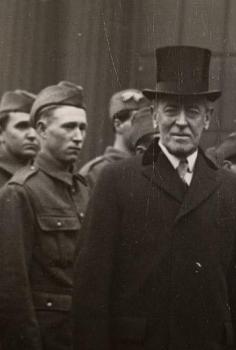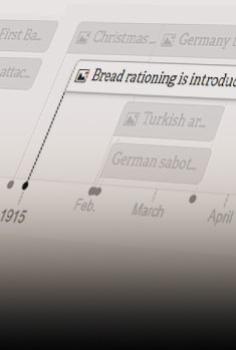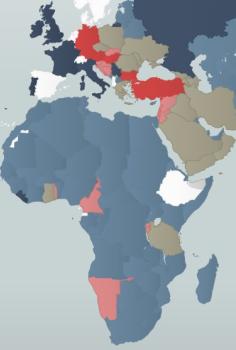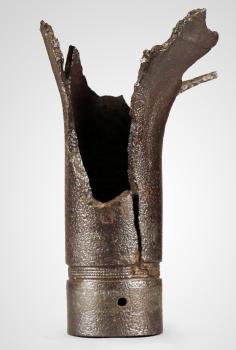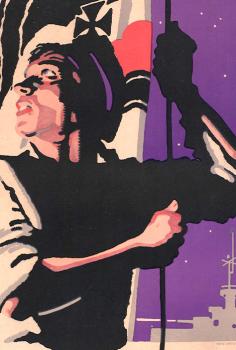
Lined up in trenches with weapons in hand, WWI soldiers would wait for the signal to go “over the top” and begin an attack across No Man's Land. But what signal wouldn't be drowned out by the noise of artillery and rifle fire, mine explosions and people yelling? Often, it was the piercing sound of a whistle.
Soldiers, sailors and marines in World War I used time-tested visual and auditory signals to communicate, control artillery, direct attacks and even “talk” to nearby units. Semaphore flags, hand and arm signals, light flashes after dark and the trusty trench whistle all made appearances on battlefields around the world during WWI.
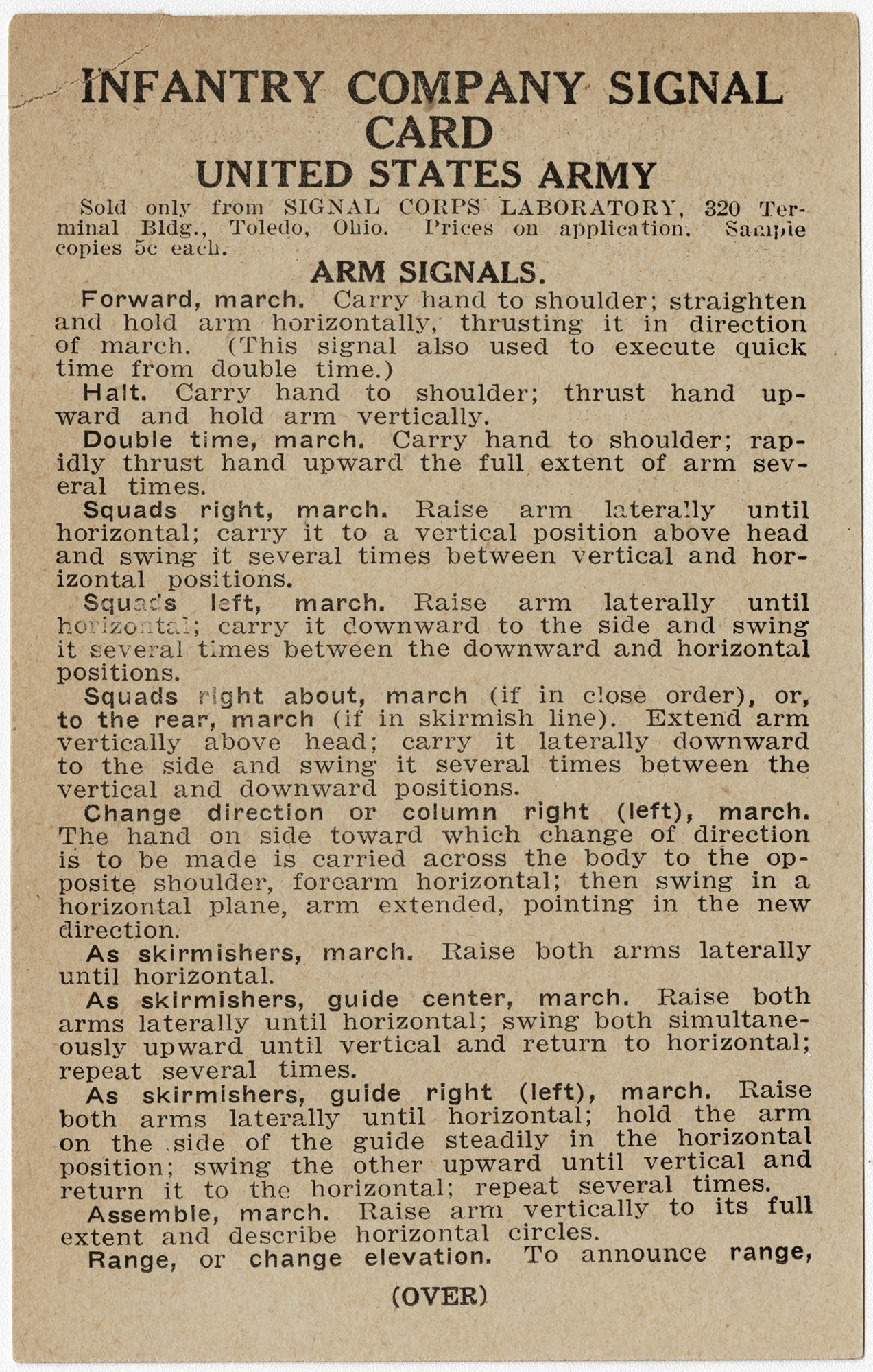

Pre-WWI History
Whistles were not new in 1914. Sailors have used the boatswain’s call (a type of whistle) for centuries to pass commands to naval crews across the globe, using different patterns of pitch and duration for different commands. Crew members could hear the high tone of the whistle over the noise of their activities and the ever-present sounds of the sea, even in bad weather.
The characteristic shape of the tiny but powerful boatswain's call has remained largely the same since the 14th century: a non-diaphragm type whistle with a small mouthpiece, and a tube and a bulbous ball known as the gun and buoy. By the start of WWI, sailors on all sides had similar styles of boatswain's calls in their pockets.
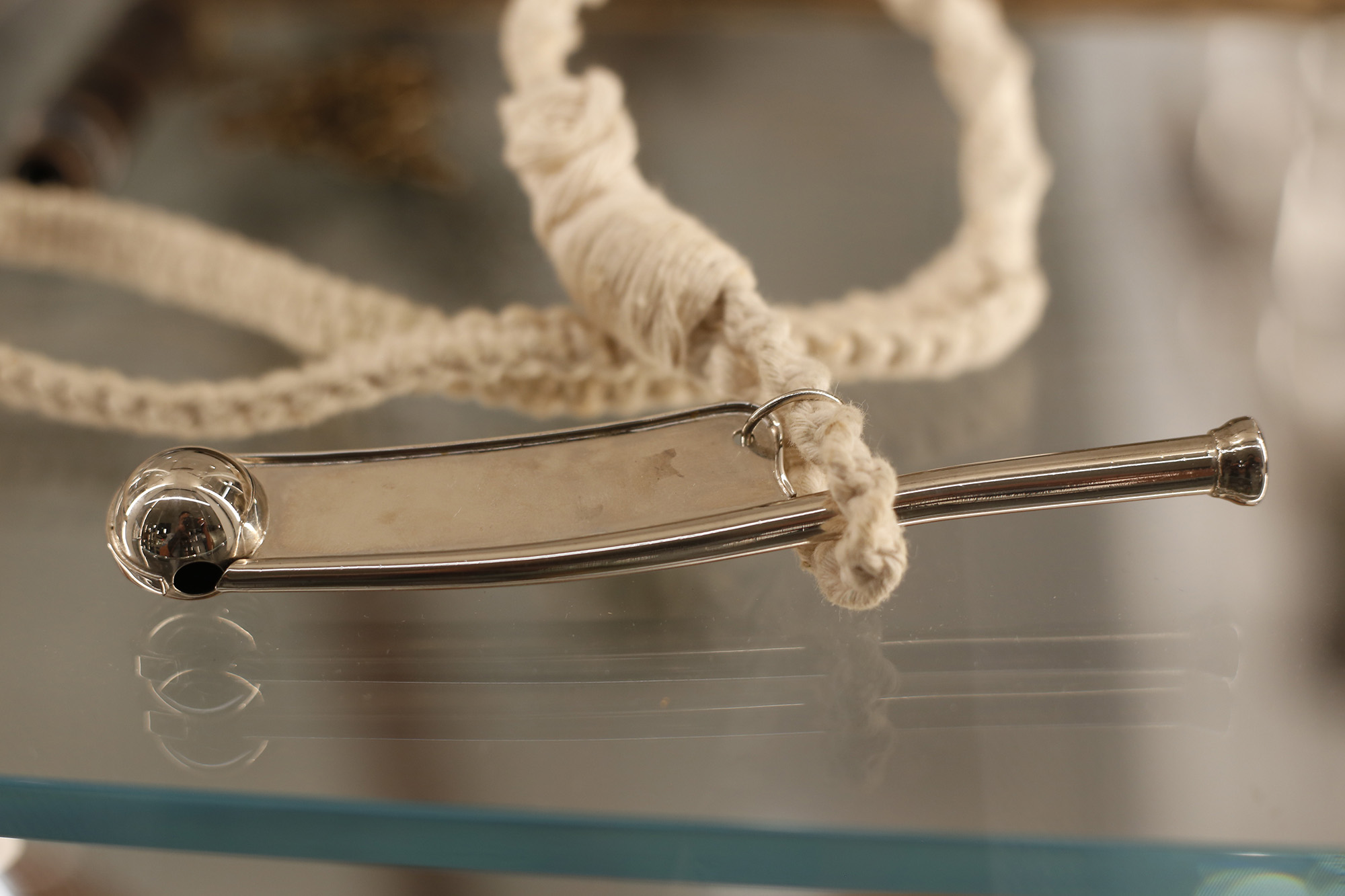
Outfitting WWI Militaries
Popular manufacturers like the British company Hilliard & Thomason (H&T) had been making traditional sterling silver boatswain's whistles for decades before the start of WWI in 1914. H&T carried on that tradition through the war, but other manufacturers opted for more affordable materials that catered to middle-class consumers.
One such company was J. Hudson and Co., makers of the iconic ACME whistles that would find their way into the hands of soldiers, sailors and marines everywhere. Originally developed in 1870 for the London Metropolitan Police, the ACME whistles’ distinctive sound was ideally suited for nonverbal communications - and signaling nearly fifty years later on the battlefields of Europe. The preferred models were either the classic cylinder shape or one that had been originally designed for sporting events, closely resembling those seen on today's ice rinks, soccer pitches and football fields.
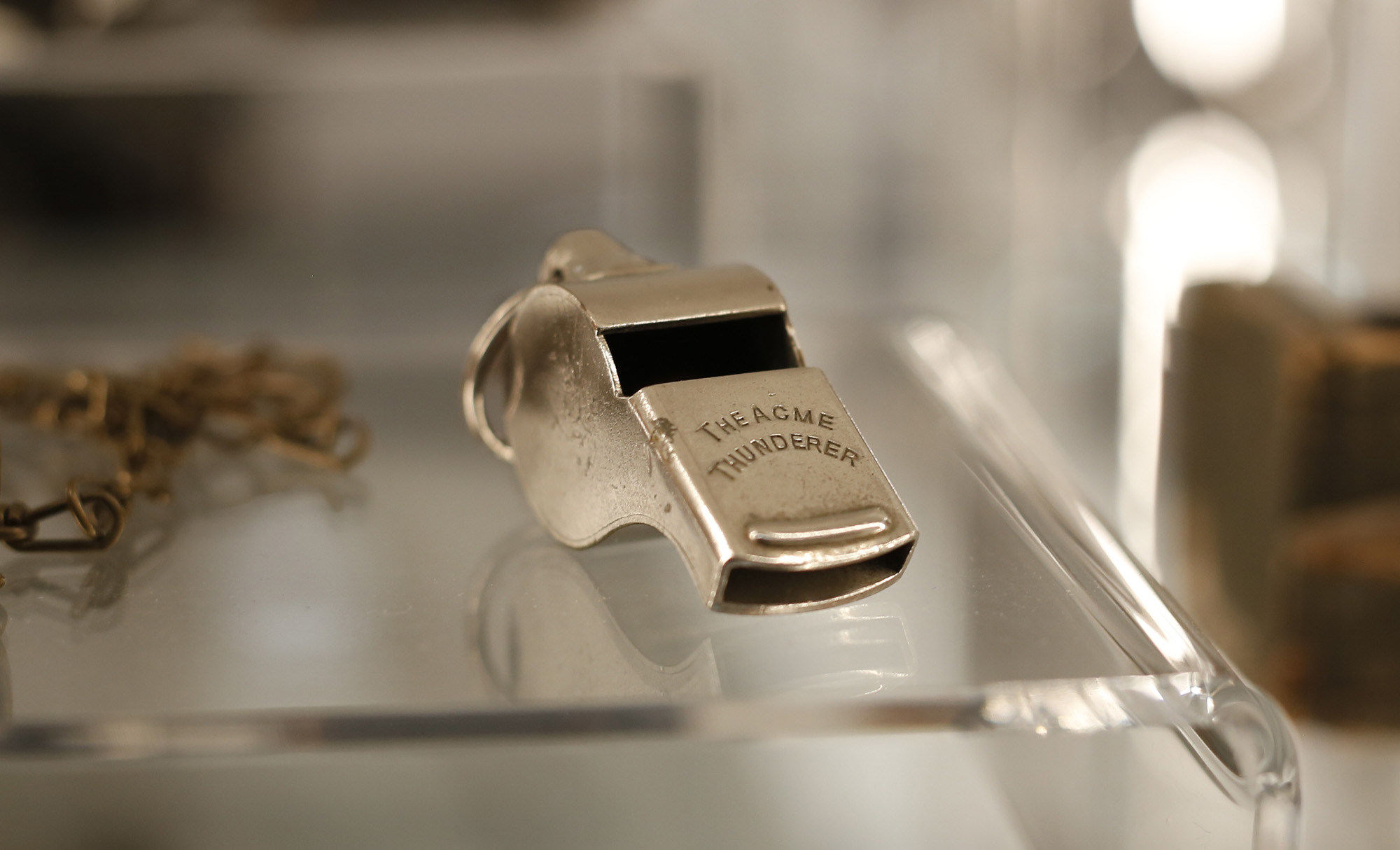
(ACME also made another signaling device that would find its way to French battlefields a few decades later: the 101st Airborne Division “cricket” clicker clacker.)
Imperial German, Austro-Hungarian and Ottoman forces had similar varieties of trench whistles. While little English-language information is available today about the WWI-era manufacturers from those regions, photographic portraits of soldiers show familiar cylinder-shaped whistles and sports whistles on their uniforms.
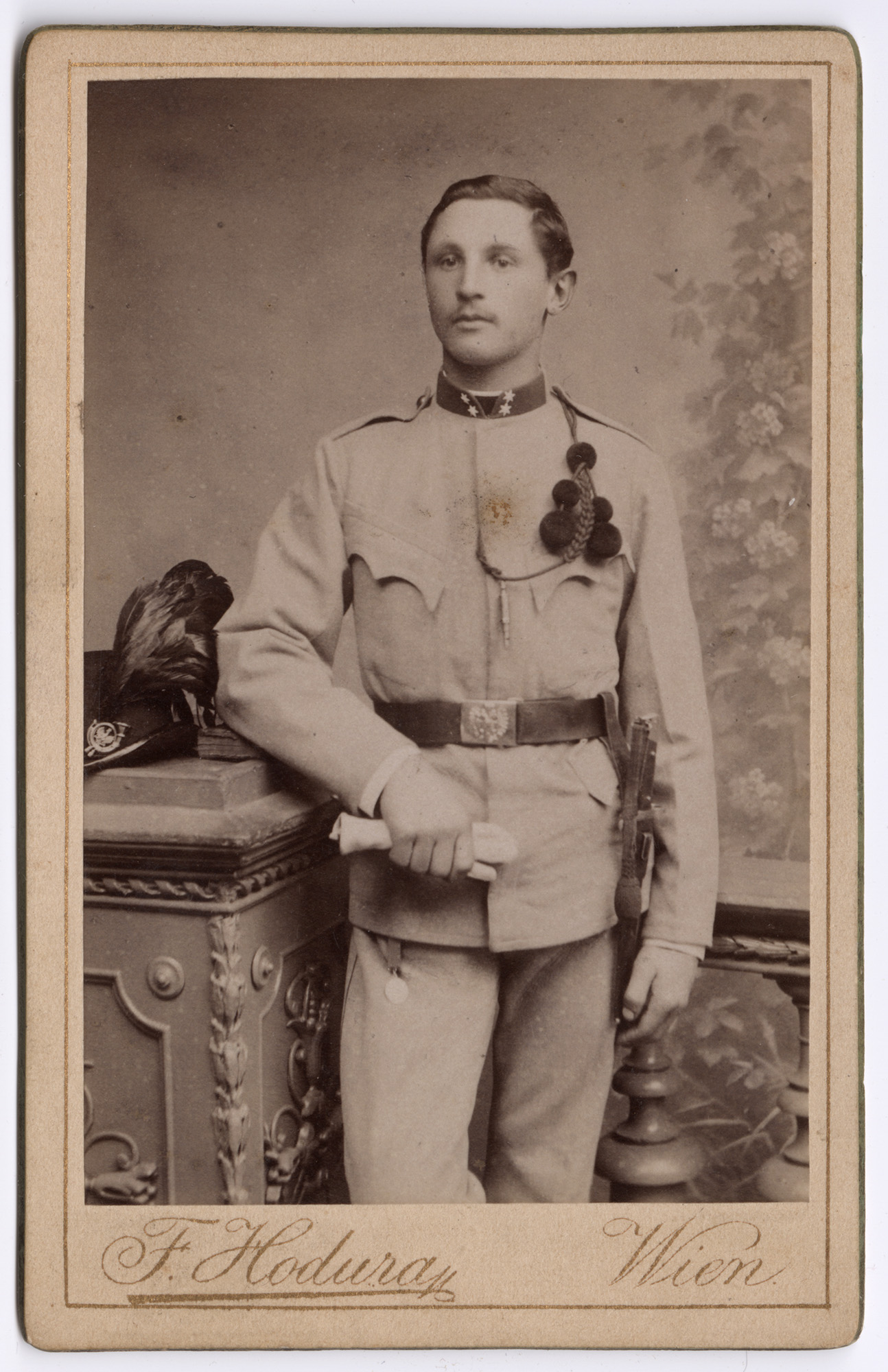
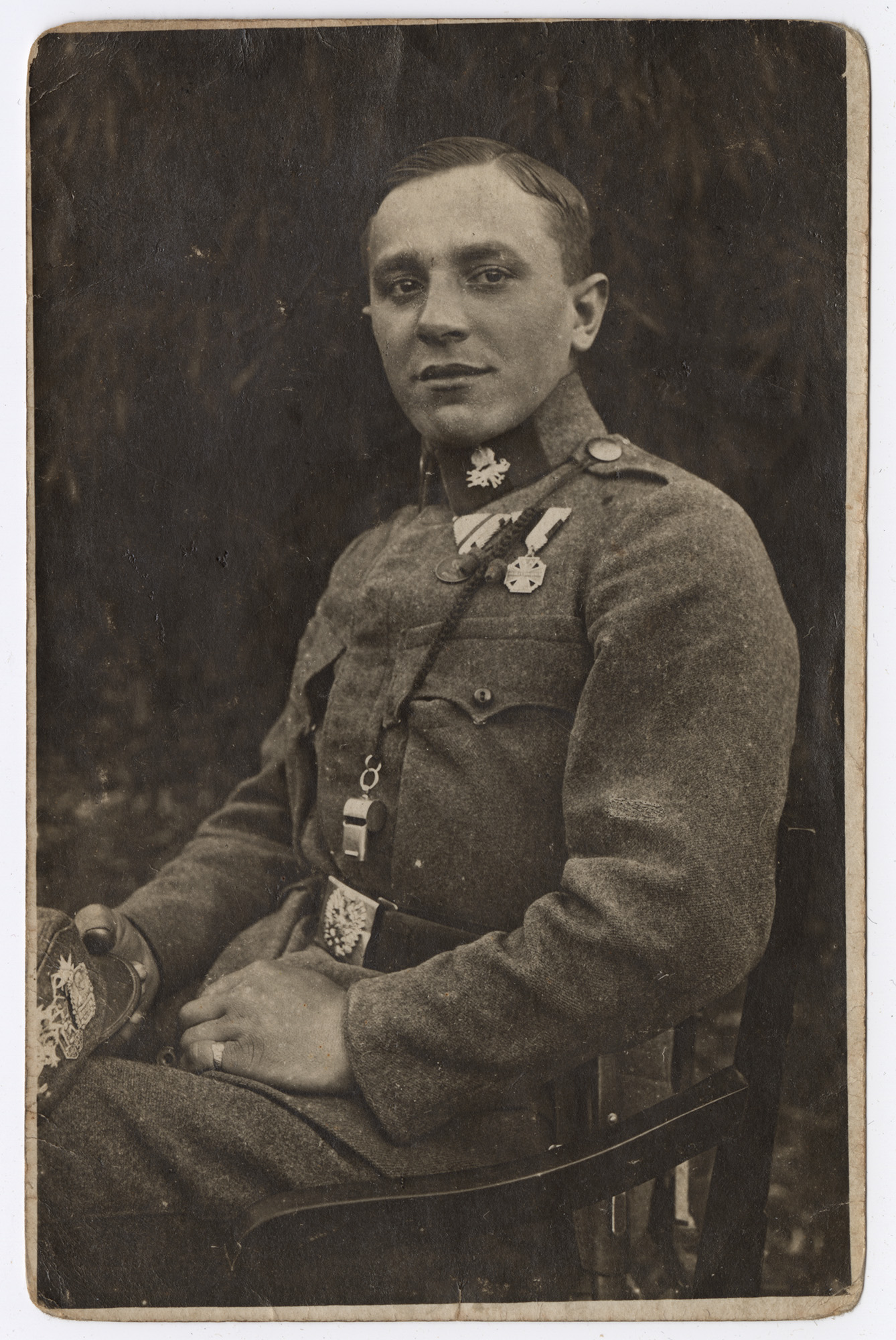
Legacies
Whistles remain part of military ceremony and continue as viable signaling methods for coordinating tactical operations. Sailors on modern city-sized vessels still live by the traditional boatswain’s calls – sometimes even from a traditional-style whistle – though these days, the calls are sounded over advanced broadcast speaker systems. Elsewhere, police whistles, survival whistles, scout whistles and so many other varieties carry on the technological legacy and cultural traditions from World War I.
